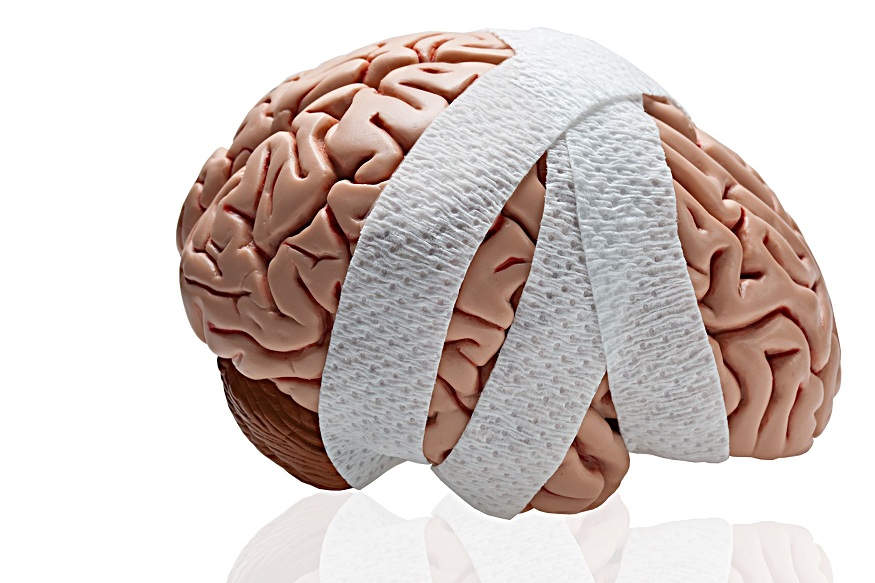After a brain injury, recovery takes a long process. It is a long-term journey that requires the cooperation of the patient, doctor, and caregiver. A brain injury patient goes through various stages of recovery. These stages are the road to recovery and increase the probability of healing. Generally, there are about ten stages of brain injury recovery. However, you must remember that every patient is different and has unique experiences. Therefore, some stages may not apply to them. It will be a good idea to seek compensation for brain injury to get help and justice for your loved one.
Here are the levels.
1. Lack of Response/Coma
The patient may be in a coma where they do not respond to any stimuli. Depending on the severity of the injury, the patient may be in a coma for a while. At this stage, the brain heals without interruption. There is no eye movement, speech, or communication, and the person does not respond to the environment.
2. Same Reaction to Different Stimuli/ Vegetative State
While a patient in a com does not respond neurologically, the vegetative stage involves a bit of response. The person may be awake, and you might see their eyes move. They may also respond similarly to stimuli since the brain has begun healing.
3. Minimally Conscious and Responsive to Different Stimuli
At this stage, the patient can respond inconsistently but to different stimuli. They may start to become aware of their surroundings and respond to communication.
4. Post Traumatic Amnesia
During the fourth stage of brain injury recovery, a patient is out of the coma and might remember some past events. However, they may be agitated and fall short of memory.
5. Confusion and Difficulty Focusing
The patient is less agitated, even though they may be confused and unable to focus. They might not respond to communication and may say things that will not make sense.
6. Learning Tasks and Sense of Self
Even though the patient has memory issues, they may start following commands and communicating. They will become self-aware and realize their surroundings.
7. Ability to Complete Daily Tasks
During the seventh stage of recovery, a person can perform daily tasks and follow a schedule. This is where rehab exercise starts, including speech and occupational and physical therapy.
8. Improved Orientation
A brain injury patient may be depressed and agitated at this point. However, they are well-oriented to people, places, and time. They may struggle with interaction and handling unanticipated situations away from their routine. Nonetheless, they will have improved in coping and doing things.
9. Ability to Perform Tasks with Minimal Supervision
During the ninth stage of recovery, the brain injury patient can shift between tasks and work with minimal supervision. They will still need support and continue with rehabilitation.
10. Capable of Multitasking and Making Decisions Independently
During the final stage of recovery, a patient will handle tasks independently. Even though they may be slower than normal, they will have attained full recovery but will improve with time. They can make decisions and multi-task without any issues.
Final Thoughts
A patient can recover after a brain injury. However, it is a long-term process that involves a lot of care, medication, and support. If another party injures your loved one, getting compensation will help cover the cost of caring for them.



